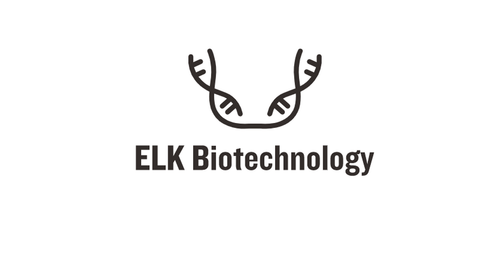Product Description
Human Von Willebrand factor A domain-containing protein 3A (VWA3A) ELISA Kit | AE11487HU | Abebio
Species Reactivity: Human (Homo sapiens)
Abbreviation: VWA3A
Alternative Name: hCG_2039627; FLJ40941; FLJ46765;
Application: ELISA
Range: 0.469-30 ng/mL
Sensitivity: 0.15 ng/mL
Intra-Assay: ≤3.8%
Inter-Assay: ≤6.3%
Recovery: 1, 04
Sample Type: Serum, Plasma, Other biological fluids
Detection Method: Sandwich
Analysis Method : Quantitive
Test Principale: This assay employs a two-site sandwich ELISA to quantitate VWA3A in samples. An antibody specific for VWA3A has been pre-coated onto a microplate. Standards and samples are pipetted into the wells and anyVWA3A present is bound by the immobilized antibody. After removing any unbound substances, a biotin-conjugated antibody specific for VWA3A is added to the wells. After washing, Streptavidin conjugated Horseradish Peroxidase (HRP) is added to the wells. Following a wash to remove any unbound avidin-enzyme reagent, a substrate solution is added to the wells and color develops in proportion to the amount of VWA3A bound in the initial step. The color development is stopped and the intensity of the color is measured.
Product Overview: vWA3A, Contains 2 VWFA domains, Human WARP shares 79% amino acid identity with mouse Warp. RT-PCR of mRNA from various mouse tissues and cell lines detected Warp expression only in chondrocytes. Northern blot analysis confirmed expression of Warp in chondrocytes isolated from newborn mouse rib cartilage. Western blot analysis of transfected human embryonic kidney cells detected a 48-kD protein in both cell layer and media fractions. The majority of the protein was detected in the medium, indicating that WARP is efficiently secreted. Under nonreducing conditions, a 102-kD form was detected, suggesting that WARP forms a disulfide-bonded homodimer. N-glycosidase digestion led to a mobility shift from 48 to 45 kD, indicating that WARP has 1 or more N-linked oligosaccharide chains.
Stability: The stability of ELISA kit is determined by the loss rate of activity. The loss rate of this kit is less than 5% within the expiration date under appropriate storage condition. The loss rate was determined by accelerated thermal degradation test. Keep the kit at 37°C for 4 and 7 days, and compare O.D.values of the kit kept at 37°C with that of at recommended temperature. (referring from China Biological Products Standard, which was calculated by the Arrhenius equation. For ELISA kit, 4 days storage at 37°C can be considered as 6 months at 2 - 8°C, which means 7 days at 37°C equaling 12 months at 2 - 8°C) .
 Euro
Euro
 USD
USD
 British Pound
British Pound
 NULL
NULL








